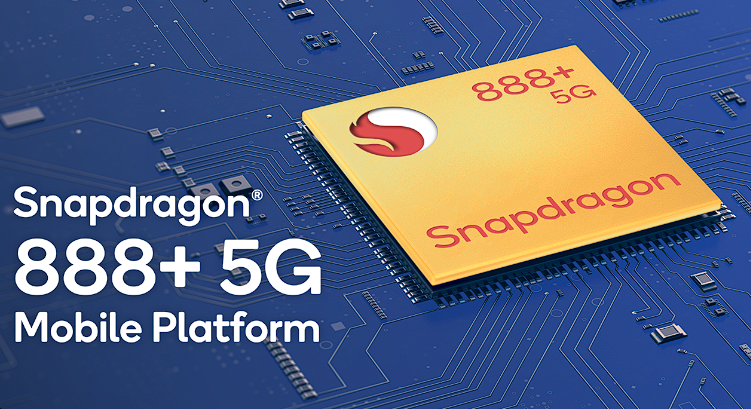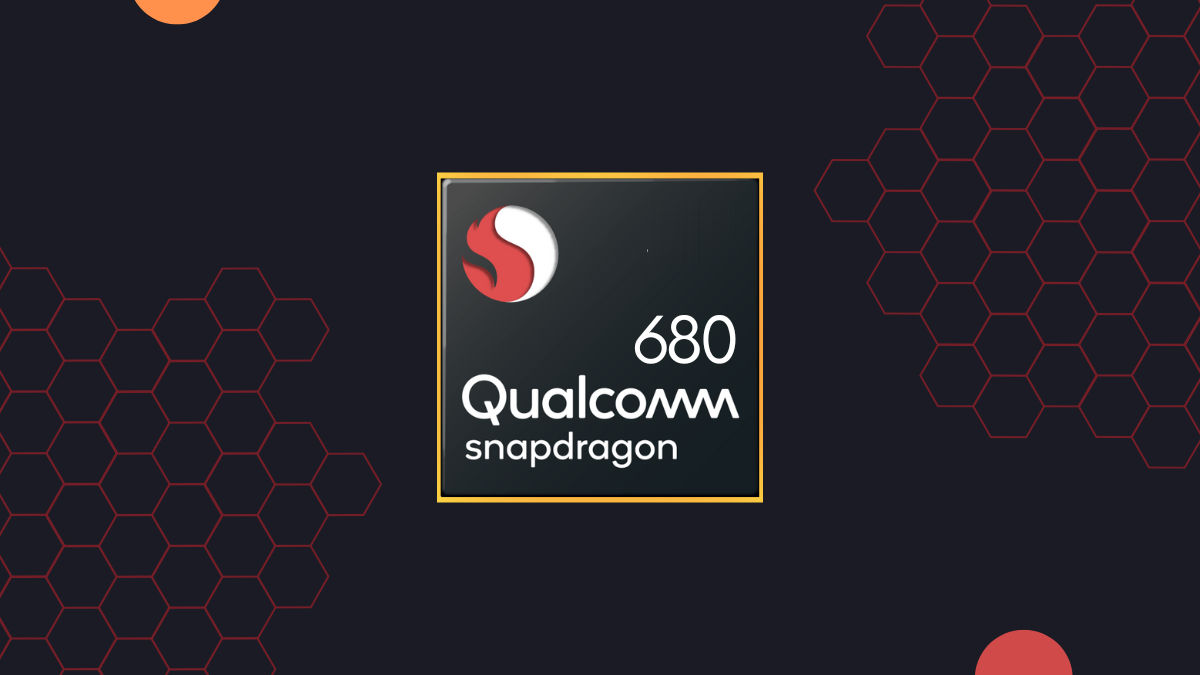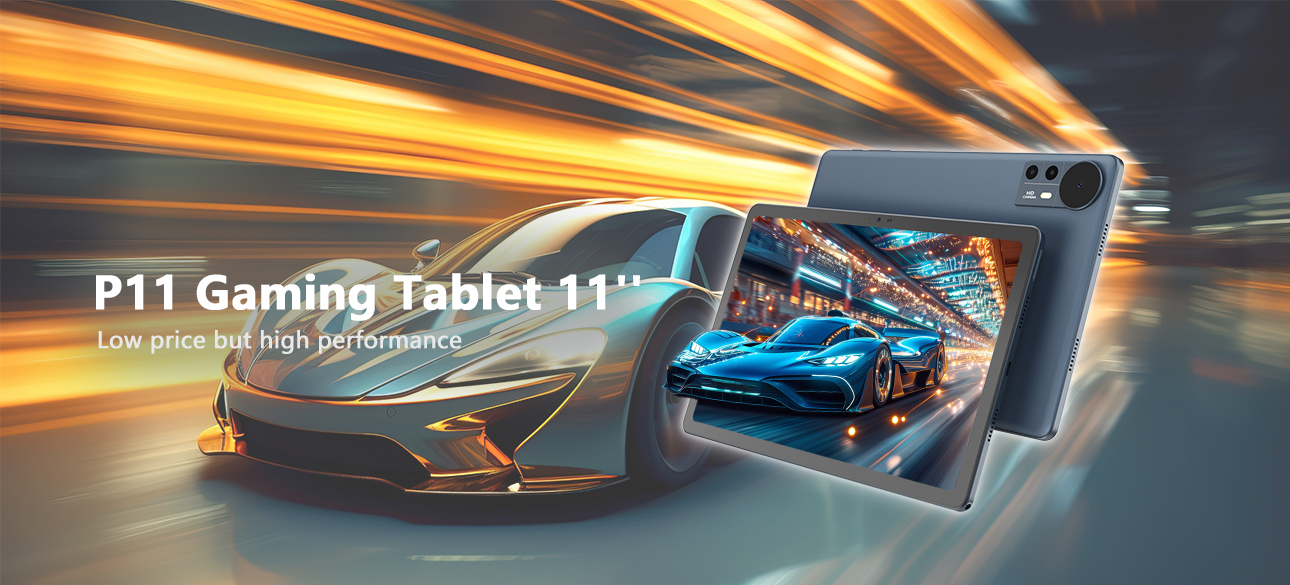- Explore
- Blog
- Gaming Performance: Snapdragon 8s Gen 3 vs 7 Gen 3
Gaming Performance: Snapdragon 8s Gen 3 vs 7 Gen 3


Snapdragon chipsets have become synonymous with high-performance mobile devices. Qualcomm Snapdragon, a leader in the industry, powers many of today's smartphones. Gaming performance plays a crucial role in your mobile experience, especially if you enjoy immersive graphics and smooth gameplay. The Snapdragon 8s Gen 3 and 7 Gen 3 represent two powerful options in the market. Comparing these two can help you understand which one offers better flagship performance for gaming. Willkommen im Notebookcheck.com Forum, where we delve into the Snapdragon 7 Gen 3 vs 8s Gen 3 to see which chipset meets your gaming needs.
Snapdragon 8s Gen 3 Overview
Technical Specifications
CPU Architecture
The Snapdragon 8s Gen 3 boasts a powerful CPU architecture designed to enhance your mobile experience. It features a high-performance octa-core setup, with a primary core clocked at an impressive 3000 MHz. This setup ensures that you can handle demanding tasks with ease. The CPU core clock speeds provide a noticeable boost in processing power, making it ideal for multitasking and intensive applications.
GPU Capabilities
When it comes to graphics, the Snapdragon 8s Gen 3 does not disappoint. It integrates the Adreno GPU, which offers superior graphics rendering capabilities. The GPU clock speed is optimized to deliver smooth visuals and high frame rates, crucial for an immersive gaming experience. Whether you're playing the latest games or streaming high-definition content, the GPU ensures that you enjoy vibrant and detailed graphics.
Memory Support
Memory support is another area where the Snapdragon 8s Gen 3 excels. It supports up to 64 GB/s of memory bandwidth, allowing for faster data transfer and improved performance. This high bandwidth ensures that your device can handle multiple applications simultaneously without any lag. The larger L3 cache size of 8 MB further enhances the CPU's efficiency, providing quick access to frequently used data.
Performance Benchmarks
Gaming Performance Benchmarks
In gaming performance benchmarks, the Snapdragon 8s Gen 3 stands out. It achieves an average of 72 fps in 3D Mark Wild Life tests, showcasing its ability to handle graphically intensive games smoothly. This performance is a testament to its advanced CPU and GPU capabilities, ensuring that you experience minimal latency and high-quality graphics during gameplay.
Power Efficiency
Despite its powerful performance, the Snapdragon 8s Gen 3 maintains excellent power efficiency. The chipset is designed to optimize battery usage, allowing you to enjoy extended gaming sessions without frequent recharging. This balance between performance and power consumption makes it a reliable choice for users who prioritize both speed and battery life.
Thermal Management
Thermal management is crucial for maintaining consistent performance, and the Snapdragon 8s Gen 3 excels in this aspect. It incorporates advanced cooling technologies to prevent overheating during prolonged use. This ensures that your device remains cool and performs optimally, even during intense gaming sessions or when running demanding applications.
Snapdragon 7 Gen 3 Overview
Technical Specifications
CPU Architecture
The Snapdragon 7 Gen 3 features a robust CPU architecture that ensures reliable performance for everyday tasks. It includes an octa-core setup, with the primary core clocked at 2800 MHz. This configuration provides a solid foundation for handling multitasking and running applications smoothly. You will find that the Snapdragon 7 Gen 3 delivers consistent performance, making it a dependable choice for various mobile activities.
GPU Capabilities
In terms of graphics, the Snapdragon 7 Gen 3 integrates the Adreno GPU, which offers commendable rendering capabilities. The GPU clock speed is optimized to deliver satisfactory visuals and frame rates, essential for a decent gaming experience. Whether you're playing casual games or streaming content, the GPU ensures that you enjoy clear and detailed graphics. This makes the Snapdragon 7 Gen 3 a viable option for users who appreciate good visual performance.
Memory Support
Memory support in the Snapdragon 7 Gen 3 is designed to meet your everyday needs. It supports up to 25.6 GB/s of memory bandwidth, allowing for efficient data transfer and application performance. Although it has a smaller L3 cache size compared to its counterpart, it still provides adequate support for most applications. This ensures that your device can handle multiple tasks without significant lag, maintaining a smooth user experience.
Performance Benchmarks
Gaming Performance Benchmarks
When it comes to gaming performance, the Snapdragon 7 Gen 3 holds its ground. It achieves an average of 62 fps in 3D Mark Wild Life tests, demonstrating its capability to manage graphically demanding games. While it may not match the Snapdragon 8s Gen 3 in raw power, it still offers a decent gaming experience for many users. You can expect minimal latency and decent graphics quality during gameplay.
Power Efficiency
The Snapdragon 7 Gen 3 excels in power efficiency, making it a practical choice for users who value battery life. Its design optimizes energy consumption, allowing you to enjoy longer usage periods without frequent charging. This balance between performance and power efficiency ensures that you can rely on your device throughout the day, even with moderate gaming sessions.
Thermal Management
Thermal management is a key aspect of the Snapdragon 7 Gen 3's design. It incorporates effective cooling solutions to prevent overheating during extended use. This ensures that your device remains cool and performs consistently, even when running demanding applications or engaging in prolonged gaming. You can trust the Snapdragon 7 Gen 3 to maintain stable performance without compromising on temperature control.
Snapdragon 7 Gen 3 vs 8s Gen 3 Comparative Analysis

Gaming Performance
Frame Rates
When you compare the Snapdragon 7 Gen 3 vs 8s Gen 3, frame rates become a crucial factor. The Snapdragon 8s Gen 3 achieves an average of 72 fps in 3D Mark Wild Life tests, while the Snapdragon 7 Gen 3 scores 62 fps. This leak reveals differences in their ability to handle graphically intensive games. The higher frame rate of the Snapdragon 8s Gen 3 ensures smoother gameplay, which is essential for an immersive experience.
Graphics Quality
Graphics quality is another area where the Snapdragon 8s Gen 3 excels. Its GPU capabilities allow for superior rendering, providing vibrant and detailed visuals. The Snapdragon 7 Gen 3, while capable, does not match the graphical prowess of its counterpart. This difference becomes evident when you play high-definition games or stream content, as the Snapdragon 8s Gen 3 delivers richer graphics.
Latency
Latency can significantly impact your gaming experience. The Snapdragon 8s Gen 3 offers lower latency due to its advanced CPU and GPU architecture. This ensures that you experience minimal delays during gameplay. In contrast, the Snapdragon 7 Gen 3 may exhibit slightly higher latency, which could affect real-time gaming scenarios.
Power Consumption
Battery Life
Battery life is a critical consideration for mobile users. The Snapdragon 7 Gen 3 excels in power efficiency, optimizing energy consumption to extend usage periods. This makes it a practical choice if you prioritize battery longevity. The Snapdragon 8s Gen 3, despite its powerful performance, also maintains good power efficiency, allowing for extended gaming sessions without frequent recharging.
Heat Generation
Heat generation can affect device performance and comfort. The Snapdragon 8s Gen 3 incorporates advanced cooling technologies to manage heat effectively. This ensures that your device remains cool even during intense gaming sessions. The Snapdragon 7 Gen 3 also features effective thermal management, preventing overheating and maintaining stable performance.
Value for Money
Price Comparison
Price comparison reveals differences between Qualcomm's offerings. The Snapdragon 8s Gen 3 typically comes at a higher price point due to its superior performance and features. The Snapdragon 7 Gen 3, while more affordable, still offers commendable performance for its cost. This makes it a viable option if you seek a balance between price and capability.
Performance vs Cost
When evaluating performance vs cost, the Snapdragon 8s Gen 3 provides excellent value for those who demand top-tier performance. Its higher price is justified by its advanced capabilities and smoother gaming experience. The Snapdragon 7 Gen 3, on the other hand, offers a cost-effective solution for users who require reliable performance without breaking the bank.
In conclusion, the leak reveals differences between Qualcomm's Snapdragon 7 Gen 3 vs 8s Gen 3, highlighting their strengths and weaknesses. The Snapdragon 8s Gen 3 stands out with its superior performance, while the Snapdragon 7 Gen 3 offers a more budget-friendly option. Understanding these differences helps you make an informed decision based on your needs and preferences.
In the Snapdragon 7 Gen 3 vs 8s Gen 3 comparison, you notice distinct differences and similarities. The Snapdragon 8s Gen 3 excels in gaming performance with higher frame rates and superior graphics quality. However, the Snapdragon 7 Gen 3 offers commendable power efficiency and affordability. For gamers, the Snapdragon 8s Gen 3 provides a smoother gaming experience, while general users might find the Snapdragon 7 Gen 3 more budget-friendly. When considering other Snapdragon models, you see a range of options catering to various needs. Join the Forum to Discuss these insights and explore more on the Notebook Forum.














